I'm trying to find a way to mark the border of a QGraphicsScene, and make it resizable inside a QGraphicsView, to create something similar to Microsoft Paint.
In other words, my current QGraphicsView looks like this:

But my image is only this big, as indicated by the red box:

I want my QGraphicsView to be like this (the little black boxes are cornergrabbers for resizing the canvas):

Functionally, I want it to be similar to MS Paint:

The canvas (scene) is resizable, and the scrollbars on the window (view) appear when needed. The blue background color (solid gray background) appears behind the canvas.
How would I go about accomplishing this?
To try to get the grey background, I've been experimenting with QGraphicsView.setBackgroundBrush() and QGraphicsScene.setBackgroundBrush(). I've learned that QGraphicsView's background brush completely overrides QGraphicsScene's background brush if one is set. Even if I only set the background brush for QGraphicsScene, that background brush extends over the image's original boundaries.
Here is a link to my test code. Help is appreciated!